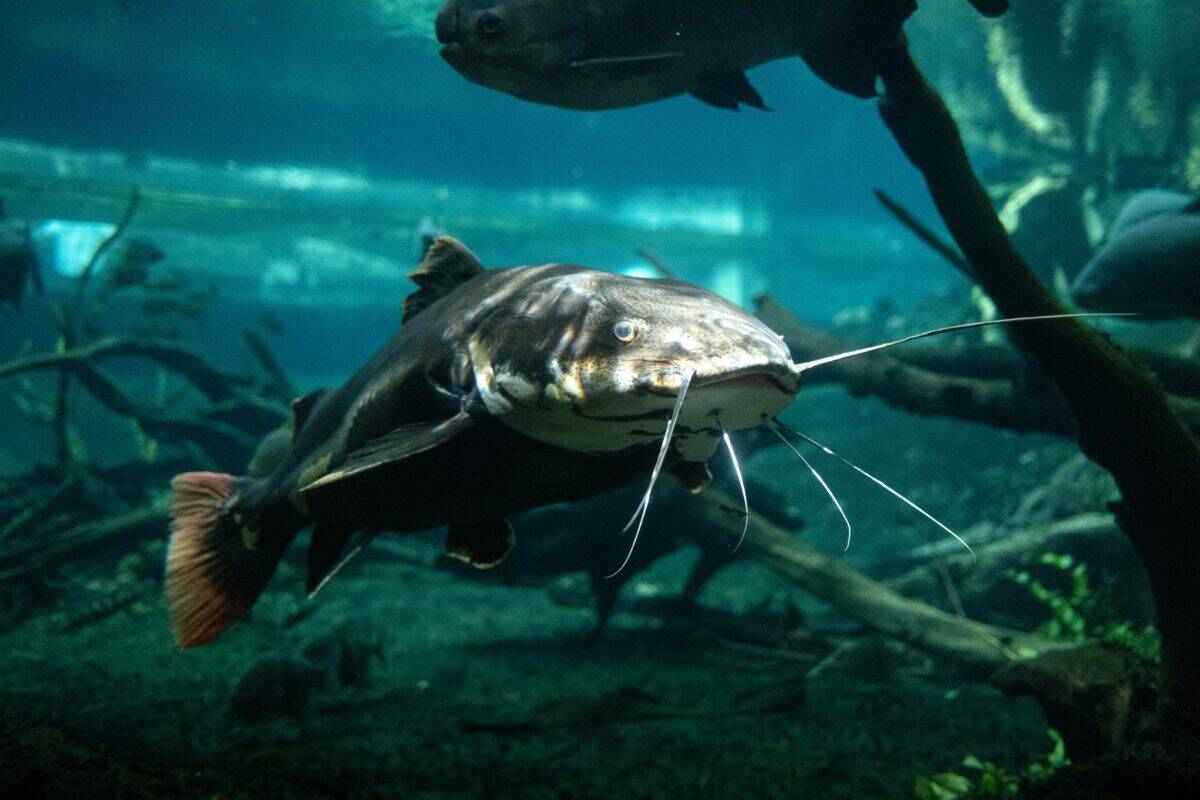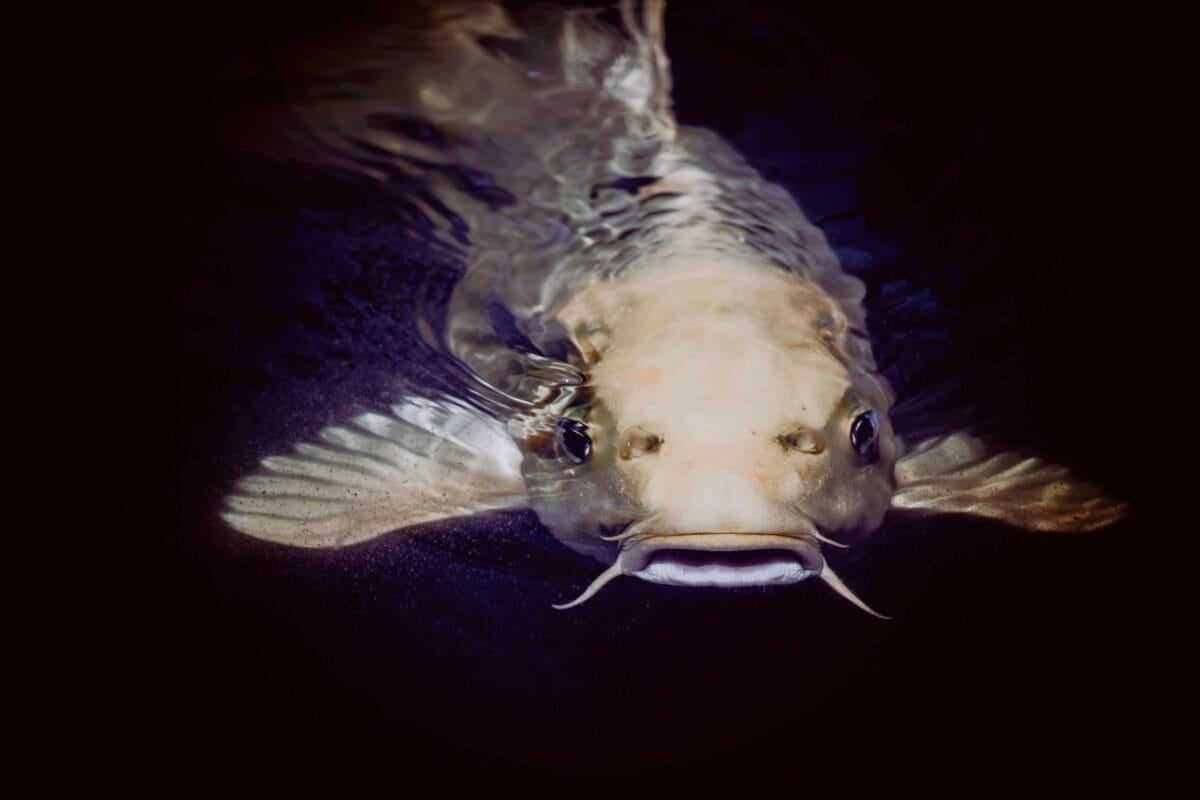A fishing line pulls taut. The rod bends in half. Minutes turn into an hour, and when the fish finally surfaces, it’s no exaggeration to call it a monster catfish. Across the United States, anglers have recently hauled in some of the biggest catfish ever recorded, making headlines and shaking up record books. These incredible catches aren’t just fish tales—they’re signs of just how extreme nature can get.
Super-Sized Catches From Coast to Coast
In the last year alone, several U.S. anglers have pulled in monster catfish that defy belief:
- A Virginia man reeled in a 143 lb (65 kg) blue catfish from Buggs Island Lake. It was confirmed as the largest ever caught on rod and reel in North America.
- In Ohio, a teenager jug-fishing the Ohio River brought in a 101 lb (46 kg) blue catfish—breaking the state’s previous record and earning her overnight fame.
- Down in Oklahoma, wildlife officials confirmed a 95 lb (43 kg) flathead catfish—an absolute tank for that species and location.
These fish are the size of full-grown humans, and then some. Photos show anglers posing with fish that spill off both ends of the scale—and require two or more people to lift.
What Makes These Catfish So Huge?

These aren’t just lucky catches—several natural factors play into why these fish are growing to such astonishing sizes:
- Longevity Equals Size: Catfish grow throughout their lives. One study aged a 130 lb blue catfish from the Missouri River at just 18 years old. That’s a long time in the wild, especially with no predators above them.
- Warm Waters and Plentiful Prey: Large U.S. reservoirs and river systems are loaded with baitfish. Blue and flathead catfish feed on everything from shad to small bass. In warm water, their metabolism speeds up, letting them eat and grow even more.
- Altered Ecosystems: Dam systems and human-made reservoirs have changed fish movement and predator-prey dynamics. Catfish have taken full advantage, dominating in areas once ruled by other species.
- Modern Gear: Heavy-duty rods, braided lines, and advanced sonar tech now let anglers target and land fish that previously would’ve snapped their gear—or simply stayed hidden.
The Fight of a Lifetime
These record-breaking catfish aren’t just impressive in size—they’re a serious challenge to catch. Battles with these giants can stretch between 30 to 60 minutes. Once hooked, the fish dive for cover under submerged logs, rocky ledges, or deep channels. Anglers often describe the fight as an intense tug-of-war that leaves their arms aching, reels smoking, and adrenaline pumping—like trying to haul up a submerged log with a mind of its own.
Landing a fish this size usually requires more than one set of hands. While one person handles the rod and keeps pressure on the fish, another manages the net or gaff. In some cases, teams even use landing mats or towels to avoid injuring the fish, especially if they plan to release it. These group efforts are part of what makes landing a monster so rewarding—it’s a shared feat, not just a solo triumph.
What These River Titans Really Mean

Catching a monster catfish the size of a grown man certainly makes for a great photo op, but it also signals something deeper about the ecosystems these giants inhabit. A catfish that reaches over 100 pounds didn’t get there by accident—it likely spent years in a stable environment with plenty of food and clean water. Their sheer size is often a sign that the local ecosystem is functioning well, at least for top-tier predators.
However, not all implications are positive. In some parts of the U.S., blue catfish have become invasive, upsetting the balance of native ecosystems. Their dominance in altered environments—especially artificial lakes and dammed rivers—has led to reduced populations of native species like bass, crappie, and sunfish. When a single predator thrives too well, it can throw off the natural balance of an entire aquatic system.
When Freshwater Becomes Extreme
These monster catfish aren’t myths—they’re real, record-breaking proof that nature can go big. Whether it’s a 143 lb blue catfish in Virginia or a 100 lb brute in the Ohio River, each one tells a story of patience, power, and a thriving underwater world.
But these giants are also a reminder: ecosystems change, and some species adapt a little too well. As we marvel at their size, we should also consider the balance. Monster fish are amazing—but they’re also part of a much bigger picture.
- Bride Surprises Groom With Rescued Animals at Bachelor Party - August 7, 2025
- White Deer Duo Stuns Iowa Family on Backroad Drive - August 1, 2025
- Iguana Fell and Hit Florida Man in the Face During Cold Snap - July 18, 2025

